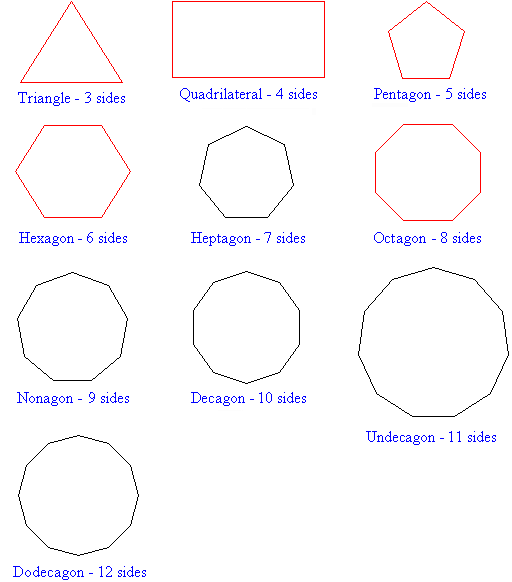In an earlier post, I talked about fast math. We used the difference from 10 or 100 to multiply larger numbers quickly. We can also talk about fast fractions…
Adding fractions that do not have a common denominator is not always easy. Traditionally, we are tasked with finding the LCD and then we convert both fractions to equivalent fractions with that LCD and FINALLY, we can add them. Fast Fractions takes out a step and a half.
Let’s start with 2/3 + 3/5.
Multiply the denominator of the first fraction by the numerator of the second, then do the same with the denominator of the second and the numerator of the first. Multiply both of the denominators.
2 + 3 = (5 x 2) + (3 x 3) = 10+9 = 19
3 5 15 15 15
(I apologize for the sloppy fractions…I couldn’t get them to display vertically any other way.)
Simplify your answer, if needed, and Viola! You have added your fractions.
